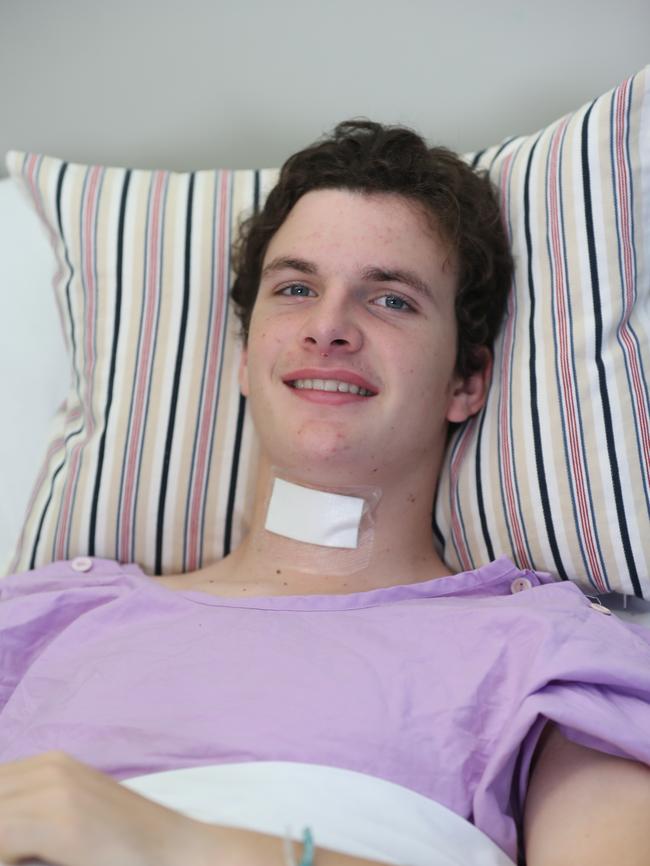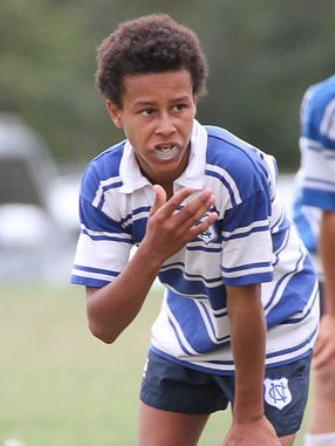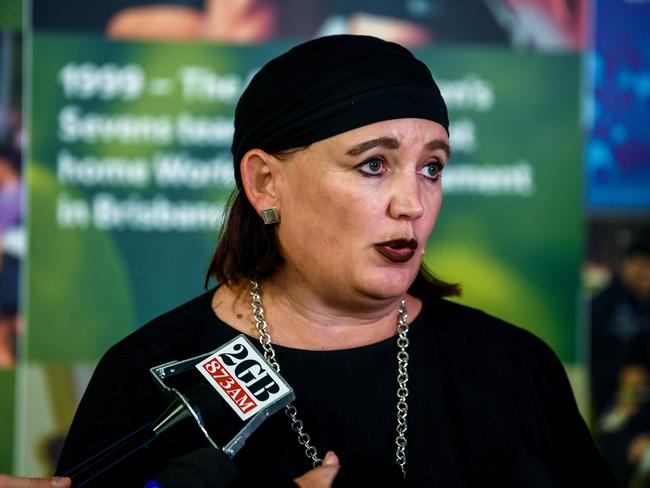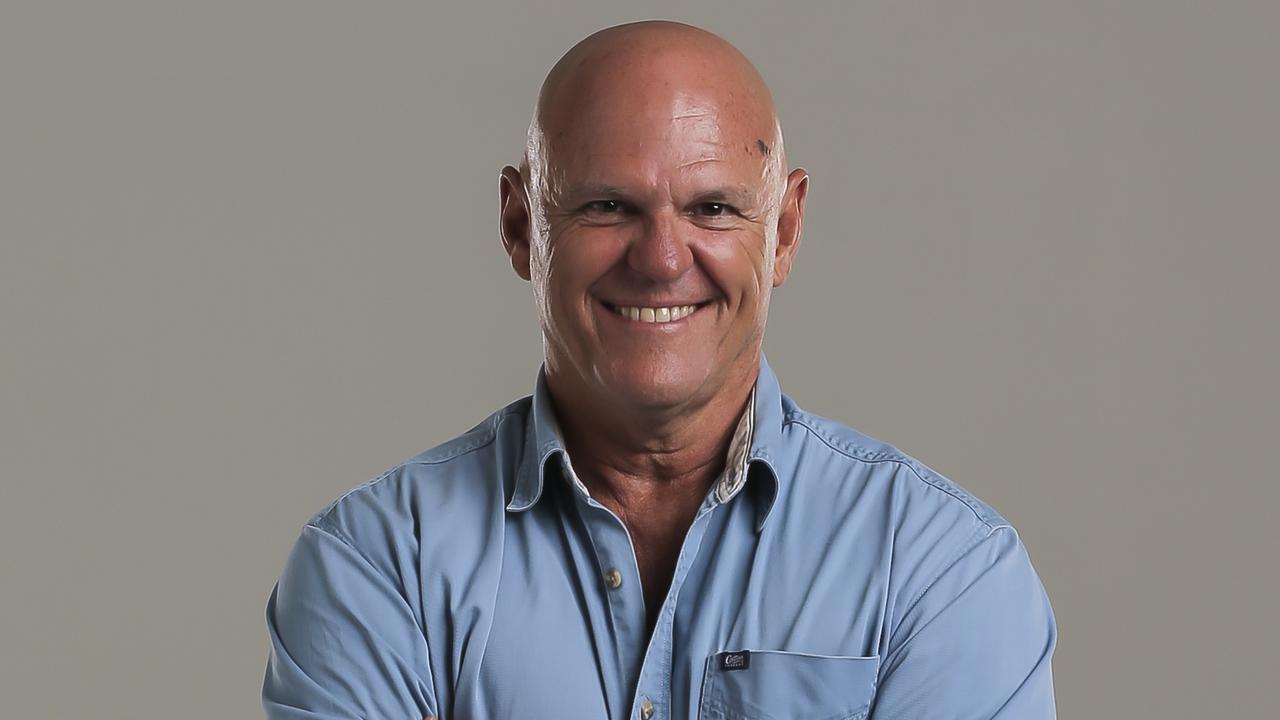Editorial: GPS rugby safety review the logical response to injuries
RUGBY Australia’s decision to review safety measures imposed on schoolboy football is a welcome move, following a spate of terrible neck and spine injuries.
Opinion
Don't miss out on the headlines from Opinion. Followed categories will be added to My News.
RUGBY Australia’s decision to review safety measures imposed on schoolboy football is a welcome move, following a spate of terrible neck and spine injuries.
The latest at the weekend was suffered by Year 9 Nudgee College winger Alexander Clark, who underwent emergency surgery at Lady Cilento Children’s Hospital on Saturday.
The 15-year-old, who was injured while tackled diving for a try, is the fourth schoolboy in a matter of weeks whose school rugby match turned to tragedy.
Among them was also Gregory Terrace prop Conor Tweedy, who is still fighting to regain movement in his arms and legs after a scrum collapsed during a Second XV game on July 21.
These are awful circumstances for the four families to endure.
Hopefully all four boys make a full recovery.
The injury toll also reflects on the reputation of rugby union just at a time when the code is attempting to attract girls to the sport following the success of Australia’s outstanding Women Rugby Sevens side.


Rugby Australia chief executive Raelene Castle says the governing body will assess safety measures already in place to ascertain whether more needs to be done.
Castle points out that the code has already taken major steps to reduce injury risks in the schoolboy game, including grading players by size rather than age, a concussion-card system and coaching techniques for scrummaging.
“We’ll be looking to review those processes,” Castle says.
Among parents, there will be two schools of thought about what has occurred to these boys and rugby’s response.
Many mums and dads already avoid the two rugby codes, particularly the younger divisions, because they are inherently dangerous.
That’s why soccer is credited with having so many players in the youngest age groups. These players then gravitate towards the rugby codes when their bodies mature and when they can convince their parents to let them play.
The latest spate of injuries will only further cement the views of these parents that rugby is just not safe.
No number of rule changes will alter their opinion.
Other people will take the view that walking to school is more dangerous than playing rugby.
Every weekend there are hundreds of rugby union games and thousands of scrums and tackles which take place, and serious injuries are extremely rare.
The code has already done enough to minimise the risks at schoolboy level and further reform, such as outlawing scrummaging, risks ruining the game forever.
There are no rights or wrongs in either of these views. Both have merit.
However, while children continue to play these contact sports it is incumbent on governing bodies to ensure the rules that apply are appropriate for growing bodies.
It is also important that coaches and referees are schooled in how to minimise risks during games.

This situation is not unique to rugby union. Every contact code has adjusted its rules or techniques in some way to cater for younger players.
Soccer discourages heading and AFL does not allowing tackling in the younger ages. League has a set of rules that evolves as young players travel through the age groups.
Rugby officialdom and the schools that play the sport will now review the particulars of each of the four incidents that have occurred in an attempt to discover if there are any shortcomings.
Greats of the game are warning against a kneejerk response, saying significant rule changes are not necessary.
Former Wallabies coach John “Knuckles” Connolly yesterday insisted the game had made significant safety improvements already and warned we can’t wrap kids in cotton wool.
“Just like kids riding down the road on a push bike, I’m always telling my young bloke to be careful when he’s on his bike, like you have to be careful when you hop in your car and driving,” he said.
Connolly is right about letting kids be kids. However, we also teach them that they must always wear a helmet.
The same logic applies when playing sports such as rugby union.
Ready to help Indonesians
THE earthquake that rocked the Indonesian tourist islands of Lombok, Bali and Gili on Sunday night is an enormous tragedy that will strike a chord with many Australians.
At least 91 people have been killed after the magnitude 7 earthquake, which hit the north of Lombok at a depth of only 10km.
Among those sent running out of a violently shaking building was Home Affairs Minister Peter Dutton, who was on Lombok leading a delegation of security agency chiefs. “We were pretty lucky to get out,” he said.
That’s the thing about Indonesia’s idyllic tourism archipelago. Many Australians have either visited, or have friends or family who have. So we will feel a particular affinity for the locals as they rebuild their shattered lives.
It is testament to the strength of the relationship between our two countries that Australian emergency supplies had already been pre-positioned in Java and were transported to the affected parts of Lombok immediately.
Australians won’t forget the shock of the 2004 Boxing Day tsunami that killed 280,000 people after a massive earthquake struck the coast of Sumatra.
We came to the aid of Indonesia after that horrific event and we stand ready to again.


